-
Posts
17 -
Joined
-
Last visited
Content Type
Profiles
Forums
Articles
Gallery
Downloads
Events
Posts posted by Henry Irving
-
-
Why don’t you check with the Metal Museum in Memphis. They are having a repair day later this month. I don’t know if they do anvils but…ask. I suspect they would love to get an anvil marked Memphis.
-
Why don’t you contact the Blacksmith Guild of Western Maryland. They are almost next door to you in Boonsboro. The Blacksmith Guild of Central Maryland is not much farther in Westminster.
-
British Blacksmith Rowan Taylor posted some YouTube videos on recreating the Brown Bess bayonet. You may wish to check them out.
-
-
No, Sir, I did not. Each group of 2 links have a connecting pin which seemed to me would provide the continuity. I suppose there was enough rust to prevent that.
-
Folks, thank y’all for the replies. I can see that the current isn’t passing through the chain though it seems to have as much contact with the black lead as the handle did. Anyway it is now soaking in vinegar as Thomas suggests.
Thanks again.
-
-
Thanks for the replies. It's just an experiment for the fun of it. A low cost functional anvil. And, Frosty, I assure you I didn't and won't damage the Swede.
-
-
-
-
Would those who volunteer at historic forges please share your volunteer policies/handbooks. We’re trying to revise ours at Jerusalem Mill in Kingsville, MD. Thanks.
-
Why don't you check out the Members Marketplace of the British Artist Blacksmiths Assoc. newsletter. You may find an affordable anvil there, and perhaps, near you.
-
Iron Dwarf,
That you and the Copper Elf have visited Sheffield foundries and know a little about them and their products is precisely why I'm going to mine y'all for all the information I can get. I have no primary sources other than the two colonial anvils I own and one of them doesn't have any discernible marks. Of course I have Anvils in America but that is only a starting point and further investigation is always warranted. Postman refers to your 5th foot by both terms, i.e. foot and toe (see page 14). If he designated the S a makers mark I missed it. He thought it meant Sheffield (AIA, pg. 16), hence my question about how broadly it was used. Anvilfire.com says this, "The S anvils have several unique features that mark them as coming from the same British manufacturer. Face slope, rectangular handling holes and the bold fifth foot." Anvilfire doesn't name the company, but if that manufacturer is Alsop, so be it. I have not seen a sufficiently large sample of these wonderful anvils to draw a reliable conclusion and defer to y'all.
-
I appreciate everyone who has replied.
Copper Elf, may I ask what points to Alsop as the manufacturer? Is the S above the 5th toe common to all or most manufacturers from Sheffield in the 18th century? And yes, the face slopes toward the 5th toe. Curiously the face broadens from about 5 1/2 inches near the bick to about 6 inches at the heel.
-
It's not like I really needed another anvil, but.... I picked this 5th toe colonial up around York, PA, today. It overweighted a 232 lb capacity scale and is in my opinion in excellent condition. I have long thought most colonial anvils were somewhere on the order of 100 lbs. If this assumption is correct, does anyone have an educated guess on what this anvils early life may have looked like? Dimensions are 13 1/2 x 5 1/2 x 10 1/2" tall. Heel to tip of horn is 19 3/4".

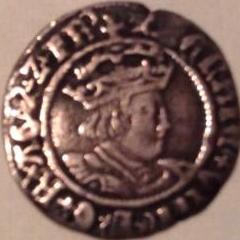
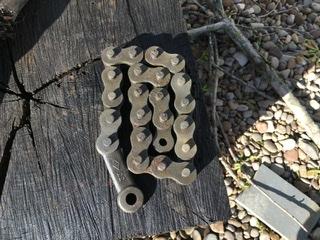
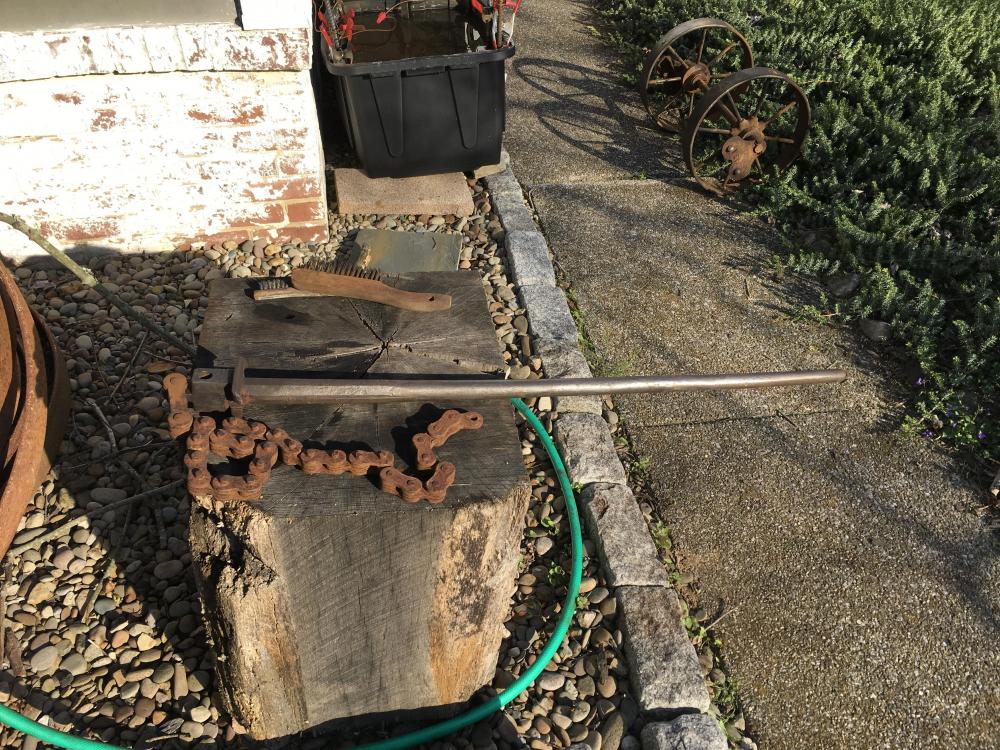
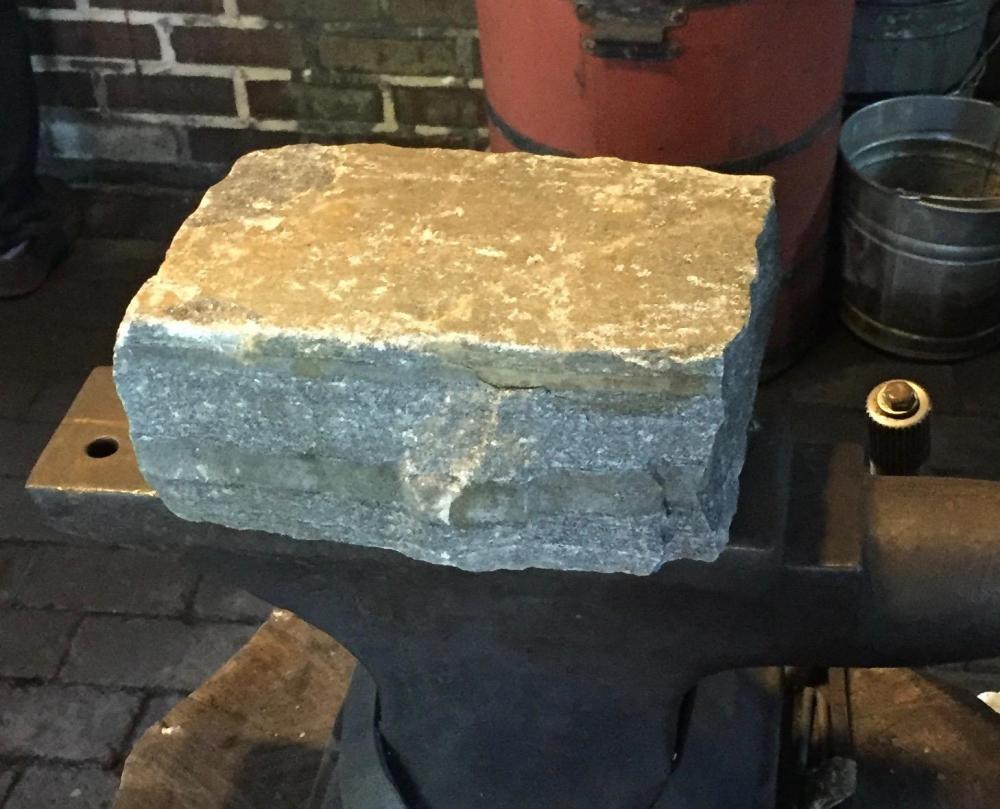
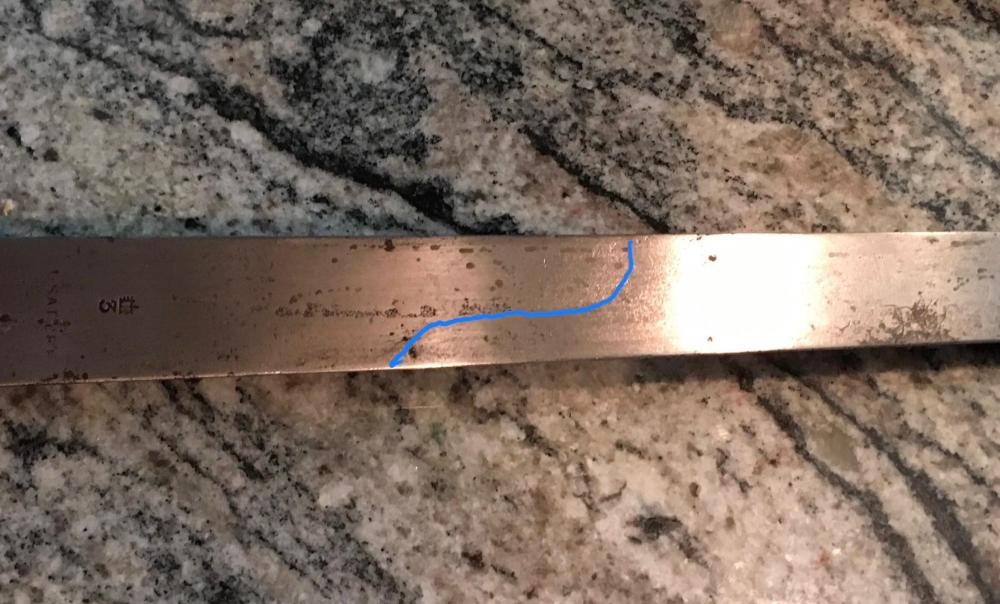
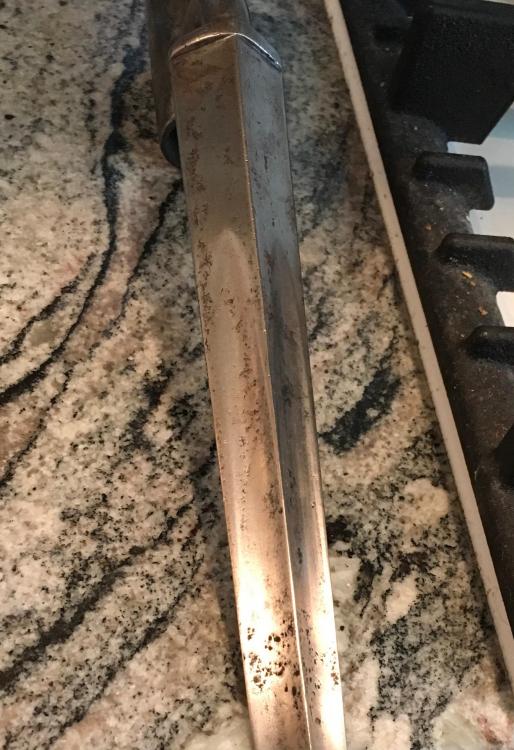
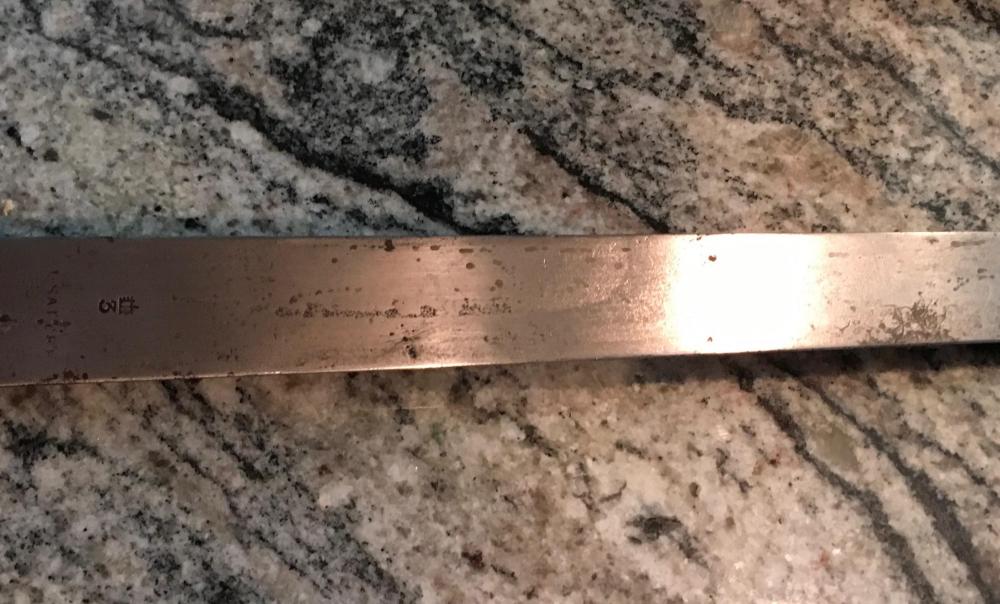
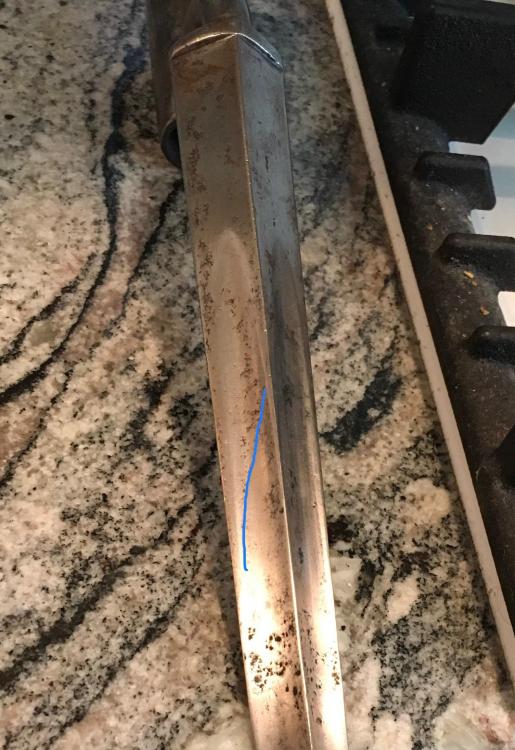
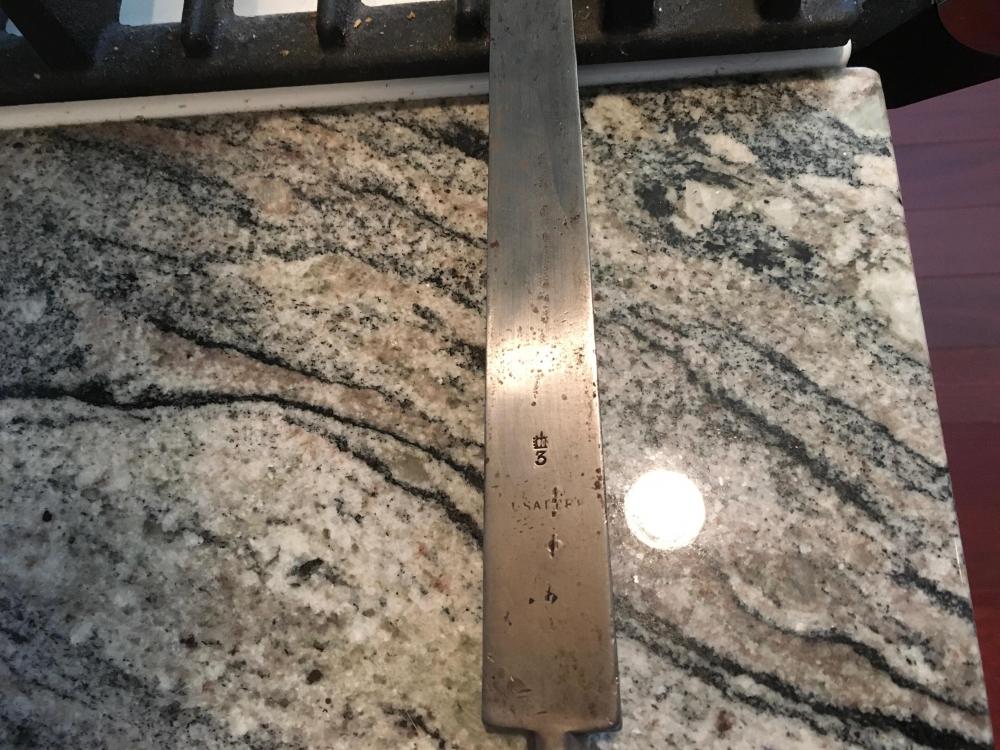

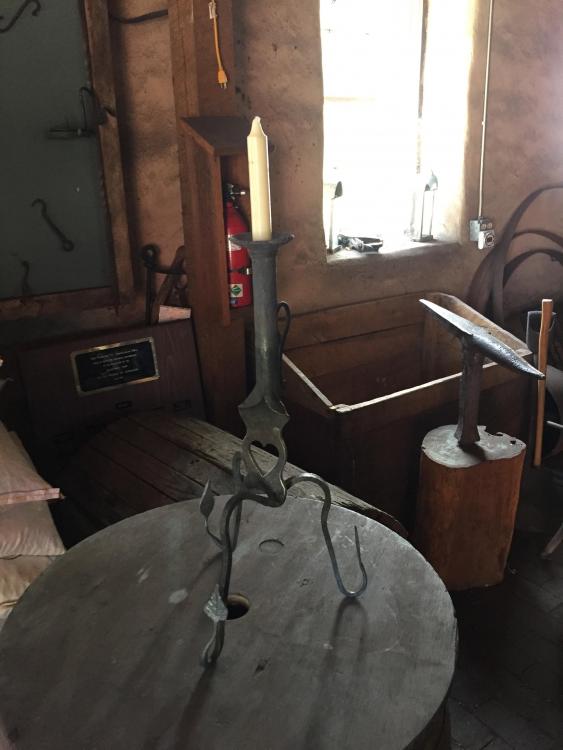
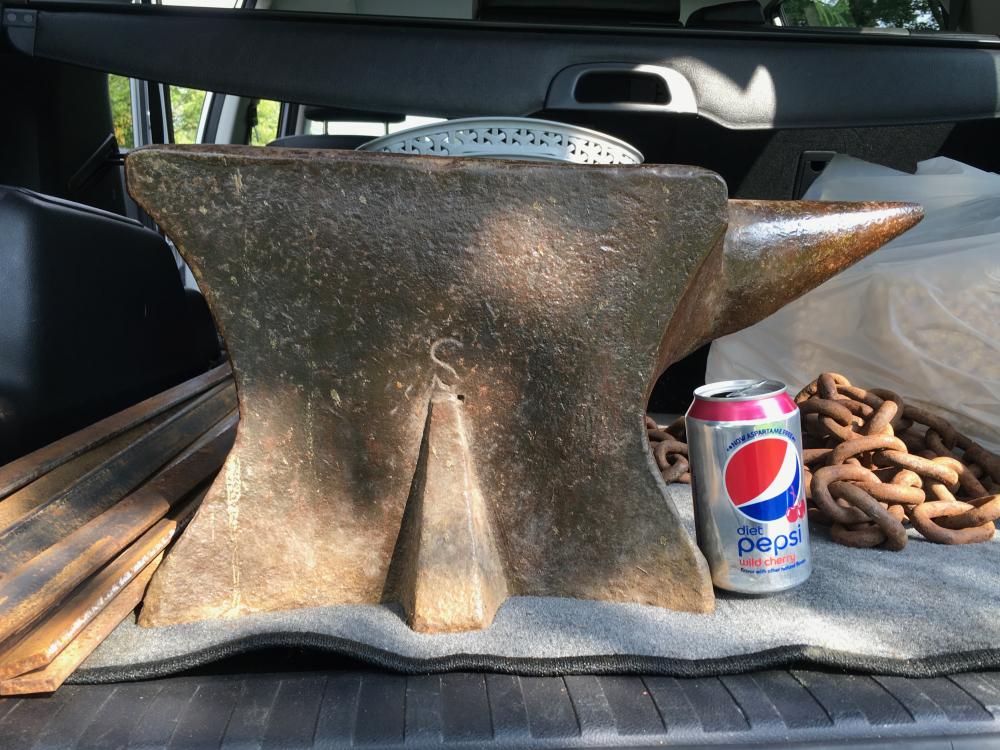
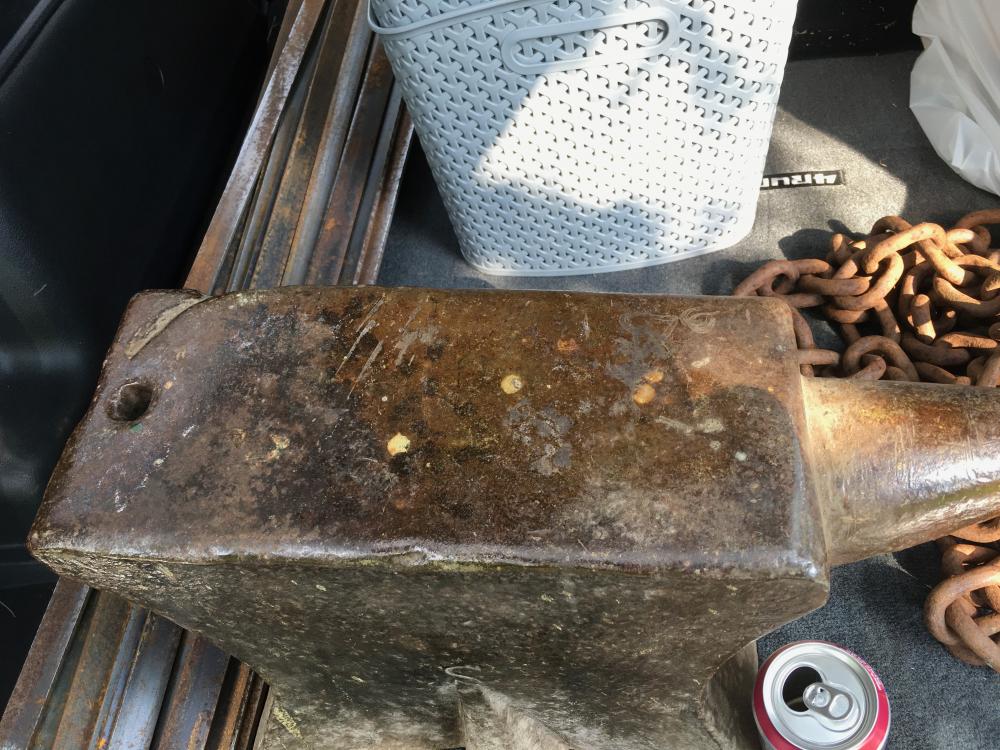
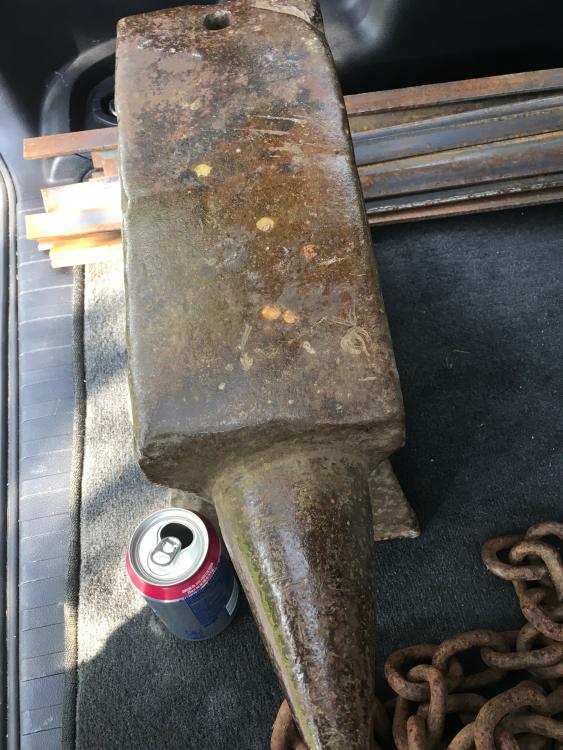
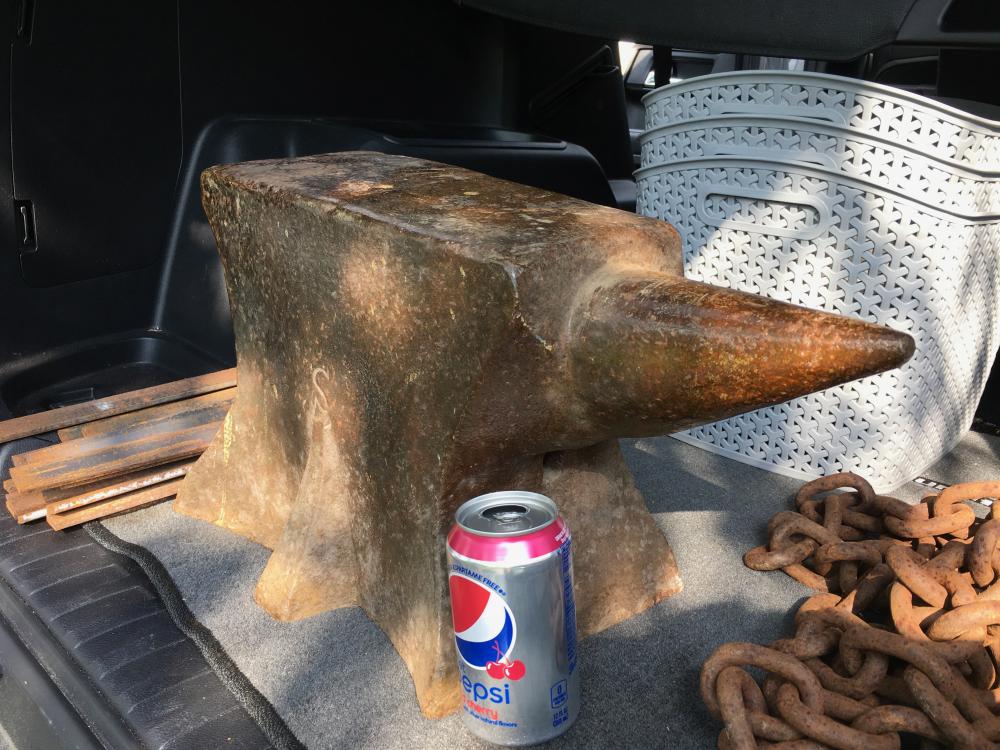
Anvil in Beatles video
in Everything Else
Posted
Just watching Peter Jackson’s The Beatles: Get Back - a Sneak Peek on YouTube. I believe there’s a London pattern anvil on a piece of cardboard in the recording studio. Lower left, early in the video. Am I seeing things?